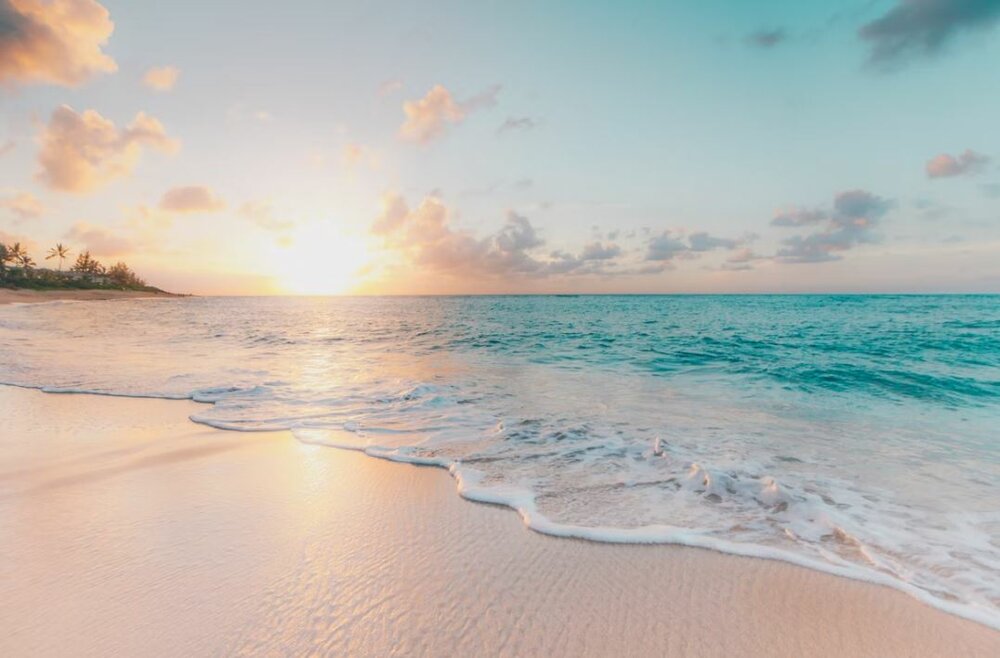
Water Cremation Explained
Before death or by the family, water cremation is a new trend embraced by the departed or their loved ones. Some people can't face the idea of their loved one's corpse being exposed to flames during the cremation procedure. The depiction of someone being roasted alive in hell, on the other hand, has some people concerned that it's a violation of religious principles. The latest option is water cremation. The practice, though, isn't widely used throughout the country. Depending on where you live, water cremation has its own set of rules and regulations. As a result of law HB11-1178, cremation services in Aurora, CO can provide water cremation to their clientele.
As of 2019, the alkaline hydrolysis system built and implemented by Bio-Response Solutions at the Mayo Clinic dates back to 2005 and is still in use. To manufacture and sell the device, Sandy Sullivan, an Edinburgh-based scientist, established Resomation in 2007. Nineteen of the fifty states in the United States now authorize alkaline hydrolysis for the ultimate disposal of human remains. States like New Jersey and North Carolina are proposing adjustments to their current regulations on the issue of water cremation. Though allowed in New Hampshire for many years, it was made illegal in 2008, and subsequent attempts to reinstate it in 2013 also failed.
In 2016, entombment was overtaken by cremation, and it has remained one of the most popular forms of final disposition in the United States. One of the most often cited reasons for this transition is the expensive expense of conventional funerals, religion, and environmental factors. Society's ideas regarding what to do with deceased corpses are always changing due to various views and ideas.
What Exactly Is Water Cremation and How Does It Work?
Water cremation is also known as alkaline hydrolysis, liquid cremation, or bio-cremation, and Resomation is another term for it. Alternatives to conventional burial and cremation procedures, such as water cremation, are becoming more popular worldwide. The advantages of water cremation outweigh the disadvantages of other cremation methods. There is no need for land area or a particular burial place to enjoy the benefits of reduced carbon emissions. Water cremation is also a "green" option since it has no detrimental influence on the planet.
In terms of environmental impact, water cremation is the best option since it uses 90% less energy and generates 10% less carbon dioxide. Fire cremations release about 534.6 pounds of carbon dioxide into the atmosphere because of mercury and silver dental fillings. External body parts are properly disposed of or recycled when the procedure is completed.
Water Cremation: A Step-by-Step Guide
A large water chamber is used for bathing the body in hot water with either potassium hydroxide or sodium hydroxide as a means of purification. Due to the high pressure in the chamber, the chamber water does not boil—chemical and physical components combined with water break and damage the body's natural tissues.
After the cremation, the bones are pure calcium phosphate, white and delicate. The ashes are frequently used to form a monument, subsequently given to the deceased's family as a memento. Water cremated remains might be buried or spread in a selected region like ashes.
Are you in the Colorado area, and you wish to make use of the water cremation process as a means of the final disposition of your loved one? Get in touch with experts at cremation services in Aurora, CO to get started.


Comments